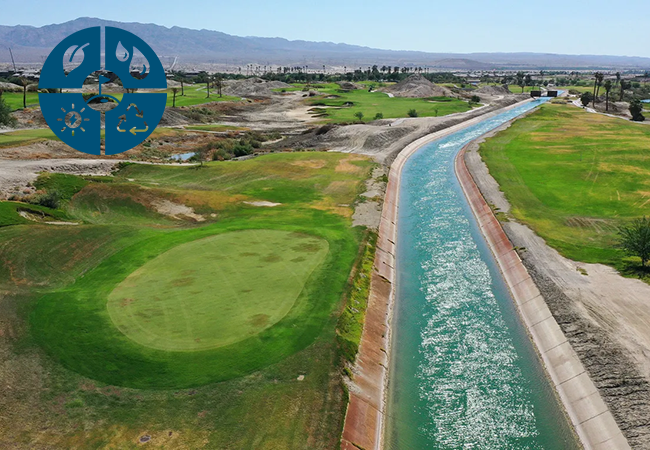The atmospheric rivers that began pummeling California right after Christmas have produced more than enough snow in the Sierra Nevada and rain everywhere else to provide relief to those parts of the state dependent upon Mother Nature and the State Water Project for the bulk of their water needs – not permanent relief, but a timeout to regroup after the three driest years on record.
The State Water Project is the very definition of volatility. High precipitation years like 2017 and 2018 that follow deep droughts like the 2014-2016 period prove capable of providing immediate relief. One good year can and will restore a great deal of lost reserve capacity in the 1,500 holding tanks (reservoirs) that California constructed in the first 70 years of the 20th Century to provide that portion of Southern California’s imported needs supplied by the State Water Project. There is nothing new about that. There is nothing new about going back into severe drought immediately thereafter either.
State Water Project
Allocation Allotments since 2014 Drought:
- 2014: 5%
- 2017: 85%
- 2018: 85%
- 2019: 35%
- 2020: 75%
- 2021: 5%
- 2022: 5%
- 2023: 5%
Colorado River
However, one good year in California cannot and will not do much to raise the levels of those two mega-reservoirs known as Lake Mead and Lake Powell that supply water from the Colorado Basin. The water levels in both, which are at roughly 25% of capacity, barely above “dead pool” in terms of their ability to generate electricity, won’t rise much based off this one wet winter. And given that those levels were at 50% in 2014 when the state stared down it last spike in the current 20-year megadrought, it doesn’t take a genius to figure out why the federal government has directed the seven states that form the Colorado Compact to come to agreement on ceding 2-4 million-acre-feet of allocation on a permanent basis. Today’s hotter, drier conditions that have given rise to the worst drought in the Basin in 1,200 years aren’t receding anytime soon.
Lake Powell
- 2000: 95% Capacity
- 2014: 49% Capacity
- 2022: 24% Capacity
Lake Mead
- 2000: 95% Capacity
- 2014: 46% Capacity
- 2022: 28% Capacity
The golf community can do the math. Indeed, the golf community has been doing the math for years, working with local water districts/providers to in some cases wean itself off groundwater where aquifers are aggrieved, convert to recycled water where available, convert to warm season grasses, eliminate overseeding, reline lakes, invest in maximally efficient irrigation upgrades, and adopt new water saving technologies of all sorts.
And if we’re lucky we’ll be able to do the math and make further reductions in the game’s water footprint with a little help from the federal government. Courtesy of some intensive lobbying by neighboring Senator Kyrsten Sinema (I-Arizona), the Inflation Reduction Act (IRA) passed by Congress and signed by President Biden in December contained $4 billion reserved for use by California, Arizona, and Nevada as follows:
- Section 50233 of the Inflation Reduction Act
- $4 billion available through 2026 for the Southwest “Reclamation” states for the long-term system efficiency improvements for long-term system conservation (available in 2023) and voluntary conservation projects that can credibly purport to achieve verifiable reductions in water use/demand or environmental benefits in the Lower Colorado Basin (California, Nevada, and Arizona).
Of course, getting lawmakers and public agencies interested in treating golf conservation projects with the same interest routinely shown in other sectors won’t be easy; however, there is some interest, particularly in the Coachella Valley. No surprise there; the 120 golf courses in that geographically tight region are indispensable to its tourist driven economy. But there is interest elsewhere. Water providers and public utilities understand that water saved is water saved, no matter its application.
